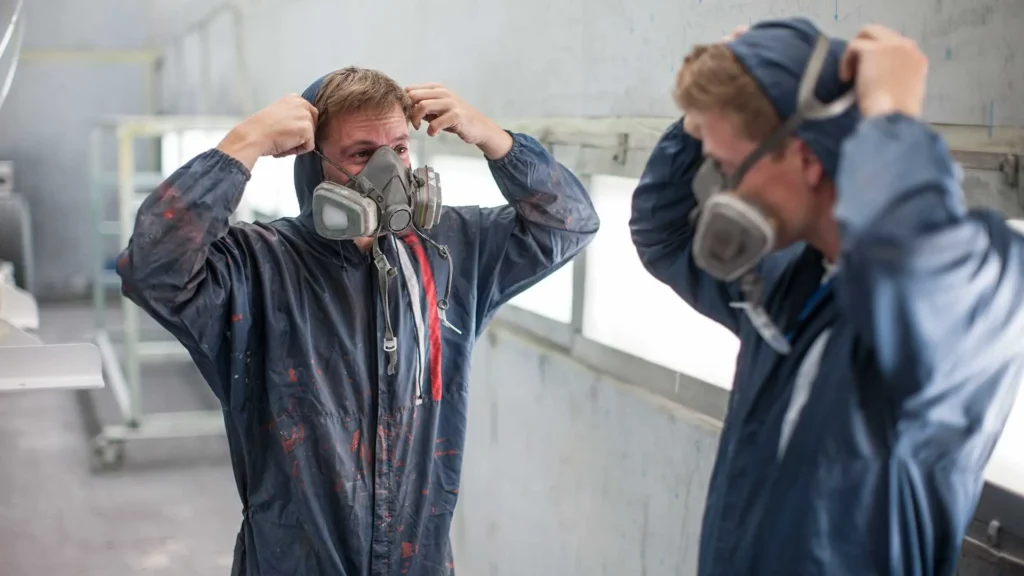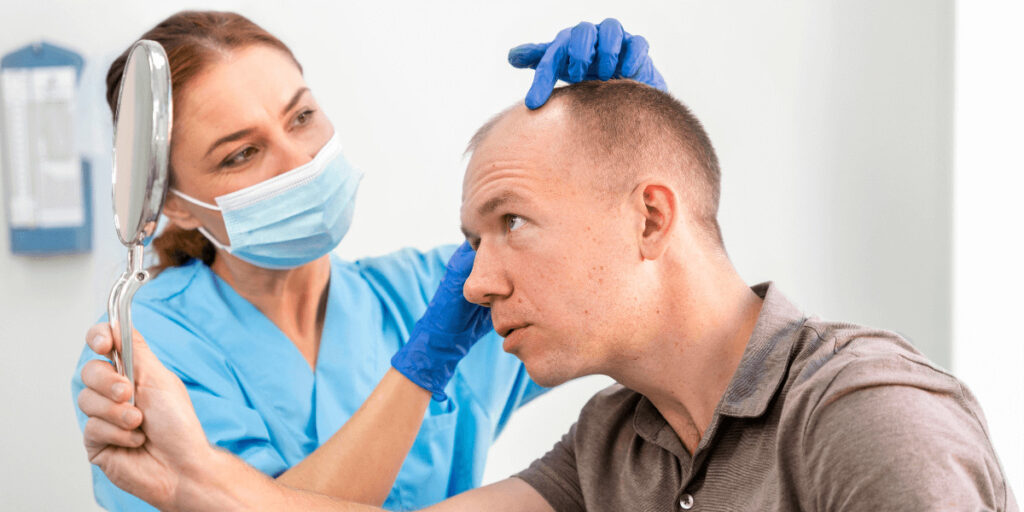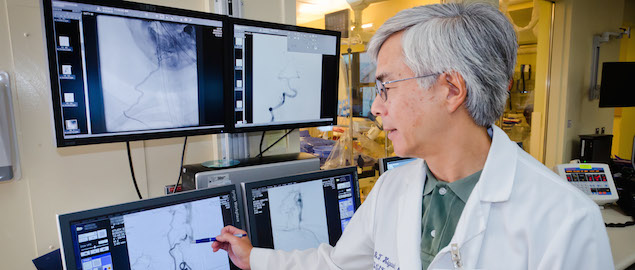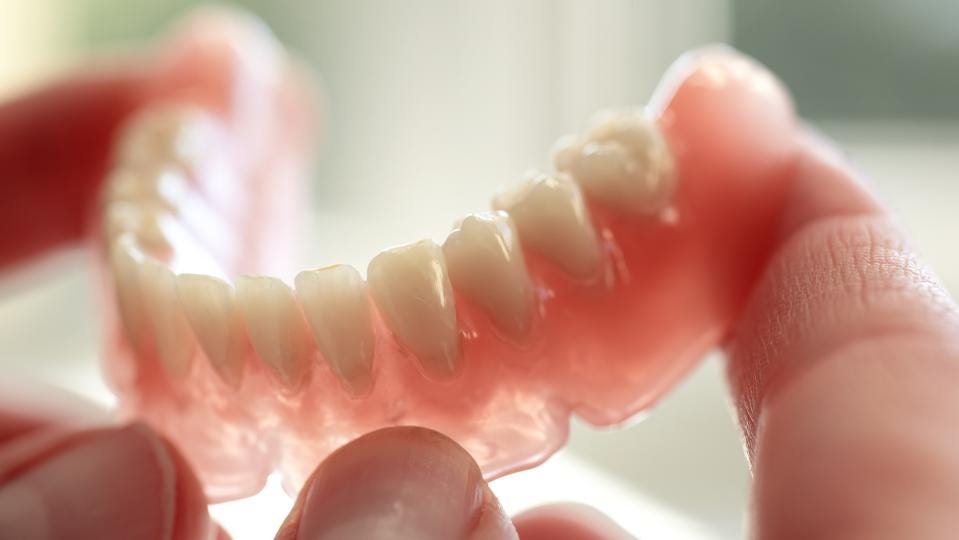Fit testing for respirators is a critical process that ensures the safety of workers in hazardous working conditions. To ensure accurate and reliable fit testing, here are some expert tips:
- Use the Correct Size and Type of Respirator: Ensure that the respirator is the correct size and type for the worker. It is essential to consider factors such as facial hair, glasses, and medical conditions that may affect the respirator’s fit.
- Train Workers on Proper Fit and Use: Workers should receive proper training on how to properly wear and use their respirators. This includes proper donning and doffing procedures, how to perform user seal checks, and how to maintain and clean their respirators.
- Choose the Right Fit Testing Method: There are two types of fit testing: qualitative and quantitative. Choose the method that is appropriate for the type of respirator and the working conditions.
- Conduct Fit Testing in an Appropriate Environment: Fit testing should be performed in a well-ventilated area that is free from dust and other airborne particles. Ensure that the room has proper lighting and is quiet to prevent distractions.
- Use Proper Equipment: Ensure that the fit testing equipment is properly calibrated and maintained. Use specialized equipment that is designed for the type of respirator being tested.
- Follow Proper Fit Testing Procedures: Follow the manufacturer’s instructions and the OSHA guidelines for fit testing. Ensure that the worker is wearing the respirator correctly and that the equipment is properly set up.
- Document Fit Testing Results: Keep records of fit testing results and ensure that they are readily available for review. These records should include the type of respirator, the fit testing method used, and the results of the fit test.
- Retest When Necessary: Retest workers whenever there are changes in the work environment or when there are significant changes in the worker’s physical characteristics, such as weight loss or gain.
In conclusion, accurate and reliable fit testing is crucial in ensuring that workers are adequately protected from hazardous airborne particles. By following these expert tips, you can ensure that your fit testing program is effective and provides the highest level of protection to workers.



